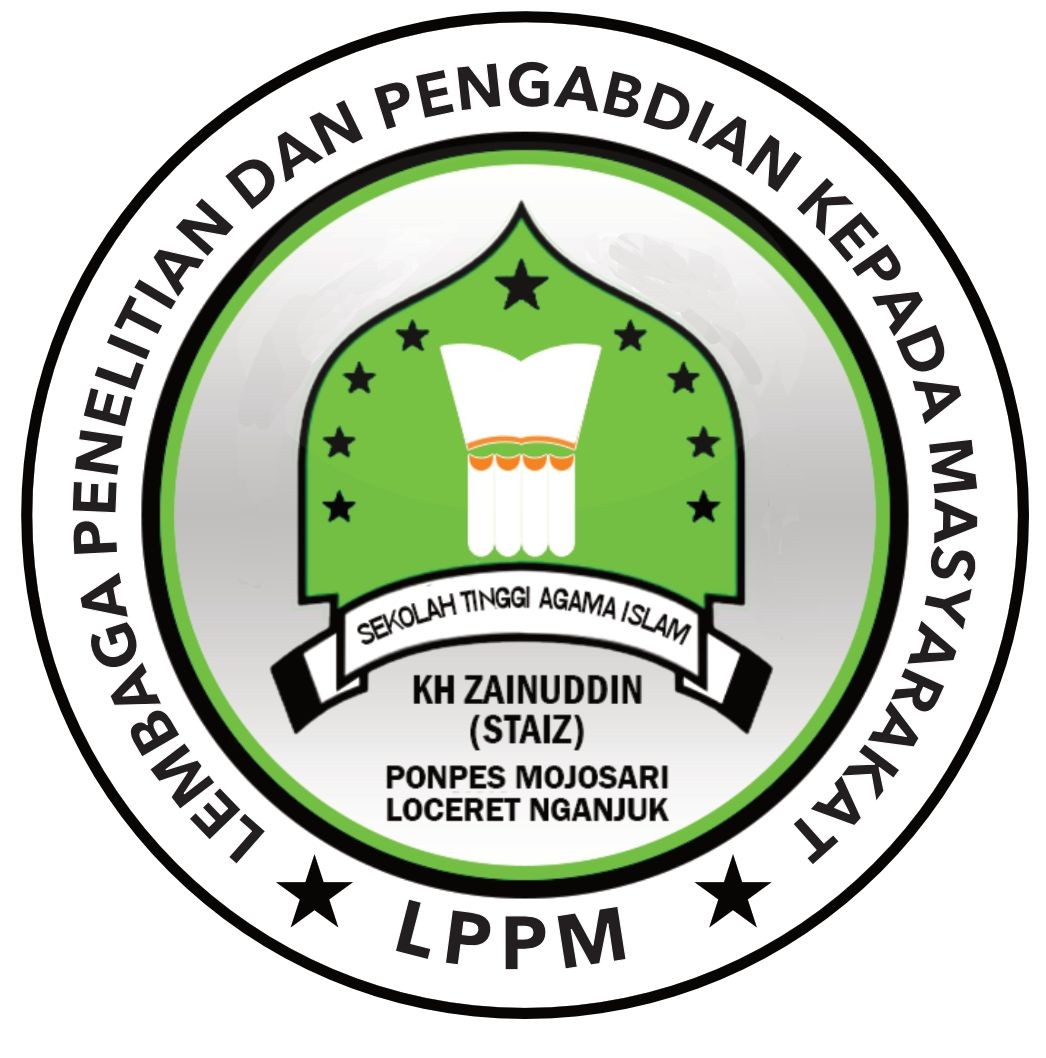The Global Balance Of Power: Strategic Coordination And Diverging Interests Between The United States And China
DOI:
https://doi.org/10.71417/jchi.v1i2.22Kata Kunci:
keseimbangan kekuatan , strategi global, konflik AS_Tiongkok, hubungan internasionalAbstrak
The purpose of this study is to analyze the pattern of coordination and differences of interest between the US and China, using a qualitative approach through a literature study. The methods used include content analysis of reputable academic sources such as Scopus-indexed international journals, policy reports from think tanks, as well as secondary data from international organizations. The study builds on five main literature frameworks: realism, strategic coordination, regional conflicts, technological competition, and multilateral diplomacy. The results of the analysis show that although there are several areas of cooperation between the two countries, ideological differences and geopolitical goals remain the main obstacles. This study makes a theoretical and practical contribution to the development of the study of international relations, especially in formulating diplomatic strategies that are adaptive to the dynamics of global multipolarism.
Unduhan
Referensi
Dewi, D. A. C., Pedrason, R., & Perwita, A. A. B. (2024). Diplomasi Pertahanan Filipina Untuk Capacity Building Di Tengah Persaingan As-Tiongkok. Nusantara: Jurnal Ilmu Pengetahuan Sosial, 11(3), 921-930.
Edström, H., & Westberg, J. (2022). The alignment strategies of great powers: Managing power asymmetries and structural changes in the international system. Comparative Strategy, 41(1), 97-119.
Edström, H., & Westberg, J. (2022). The alignment strategies of great powers: Managing power asymmetries and structural changes in the international system. Comparative Strategy, 41(1), 97-119.
Feng, H. (2022). Partnering up in the new Cold War? Explaining China-Russia relations in the post-Cold War era. In The United States and Contemporary China-Russia Relations: Theoretical Insights and Implications (pp. 79-104). Cham: Springer International Publishing.
Harris, P., & Marinova, I. (2022). American primacy and US–China relations: The Cold War analogy reversed. The Chinese Journal of International Politics, 15(4), 335-351.
Khairulsah, K. (2025). Dampak Kebijakan Luar Negeri China Di Laut China Selatan Terhadap Stabilitas Politik Dan Keamanan Kawasan Asia Tenggara Tahun 2020-2023. Diplomacy and Global Security Journal: Jurnal Mahasiswa Magister Hubungan Internasional, 2(1), 87-98.
Moore, G. J. (2022). China, Russia and the United States: Balance of Power or National Narcissism?. In The United States and Contemporary China-Russia Relations: Theoretical Insights and Implications (pp. 55-77). Cham: Springer International Publishing.
Nagy, S. R. (2022). US-China strategic competition and converging middle power cooperation in the Indo-Pacific. Strategic Analysis, 46(3), 260-276.
Nye, J. S. (2023). Soft power and great-power competition: Shifting sands in the balance of power between the United States and China (p. 208). Springer Nature.
Santosa, B. (2024). Strategi Kebijakan Luar Negeri Prancis Dalam Mencapai Kepentingan Nasionalnya Di Kawasan Indo-Pasifik Periode 2018-2022. Diplomacy and Global Security Journal: Jurnal Mahasiswa Magister Hubungan Internasional, 1(1).
Santoso, D. I., Munir, A. M., & Dewanto, P. A. (2023). Respon Amerika Serikat dalam Menyeimbangkan Kekuatan Cina Melalui AUKUS dalam Klaim Kedaulatan Cina di Laut Cina Selatan. Indonesian Journal of Peace and Security Studies (IJPSS), 5(2), 69-90.
Wilkins, T. S., Hirono, M., Envall, H. D. P., & Hatakeyama, K. (2024). Indo-Pacific Minilateralism and Strategic Competition (I): Australia/Japan and Chinese Approaches Compared. East-West Center.
Wu, X. (2020). Technology, power, and uncontrolled great power strategic competition between China and the United States. China International Strategy Review, 2(1), 99-119.
Yadav, A. S. (2022). Indo-Pasifik: sebuah konstruksi geopolitik. Elex Media Komputindo.
Zaheer, M. A., Ikram, M., Rashid, S., & Majeed, G. (2023). The China-Russia strategic relationship: Efforts to limit the United States' influence in Central Asia. Stosunki Międzynarodowe–International Relations, 3(3), 3.
Diterbitkan
Terbitan
Bagian
##category.category##
Lisensi
Hak Cipta (c) 2025 Gusti Luthfi Fahrezi (Author)

Artikel ini berlisensiCreative Commons Attribution-NonCommercial-ShareAlike 4.0 International License.



















